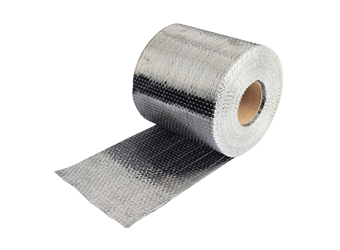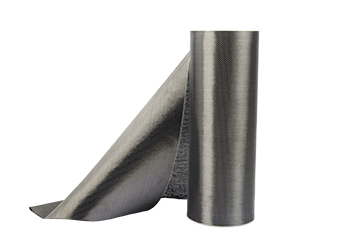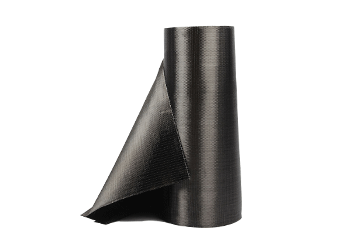Solutions
Horse Construction offers full range of structural strengthening materials with technical supports, documentation supports, products supports, project supports.
What are the design guide for carbon fiber reinforcement in different countries?
The carbon fiber reinforcement design specifications in different countries are similar in basic principles, but there are differences in specific parameters, safety factors and detailed requirements. The following is an overview of the specifications in major countries and regions:
United States
Specification Name:
ACI 440.2R-17 "Guide for the Design and Construction of Externally Bonded FRP Systems for Strengthening Concrete Structures"
ASCE/SEI 41-17 (Seismic Reinforcement)
Features:
Uses the limit state design approach and differentiates strength reduction factors (e.g., flexural reinforcement φ = 0.85).
Consideres the creep rupture strain limit of FRP (typically 0.004-0.006).
The environmental reduction factor (CE) is adjusted based on exposure conditions (0.65-0.95).
Requires fire protection measures (e.g., gypsum board covering).
China
Standard Name:
"Code for Design of Strengthening Concrtete Structures" (GB 50367)
"Technical Specification for the Application of Fiber-Reinforced Composite Materials in Construction Engineering" (GB 50608)
Features:
Specifies the strength design values, elastic modulus, and other parameters of carbon fiber sheet (CFRP) and plates.
Requires consideration of environmental reduction factors (e.g., 0.85 for humid environments).
Emphasis is placed on interfacial bonding performance, which must be verified through on-site pull-out tests.
Seismic reinforcement must comply with the "Technical Code for Seismic Reinforcement of Buildings" (JGJ 116).
European
Standard Name:
Eurocode 2 (Concrete Design) Supplementary Provisions + FIB Bulletin 14 "Externally Bonded FRP Reinforcement for RC Structures"
Countries may have separate national standards (e.g., the German DAfStb Guide).
Features:
Based on the partial safety factor method, material properties are reduced according to characteristic values.
Distinguishes between short-term and long-term load effects, and considers creep effects.
Emphasis is placed on debonding failure verification (e.g., interfacial shear stress limit).
Different coefficients are assigned to different environmental conditions (humidity, chemical corrosion, etc.).
Japan
Standard Name:
JSCE "Recommendations for Upgrading of Concrete Structures with Use of Continuous Fiber Sheets"
Guidelines for the "Building Seismic Renovation Promotion Act"
Features:
Emphasis on seismic reinforcement, with carbon fiber sheets often used to reinforce beam-column joints.
Adopts the allowable stress method or the limit state method.
Specifies a limit on the number of fiber sheet layers (usually ≤ 3).
Requires strict construction quality control (such as adhesive penetration testing).
Canadian
Standard Name:
CSA S806-12 "Design and Construction of Building Structures with Fiber-Reinforced Polymers"
CSA S6 (Bridge Strengthening)
Features:
Combines North American load combinations with European safety factor concepts.
Distinguishes between indoor and outdoor environments, with reduction factors similar to those in the ACI.
Emphasis is placed on the effects of freeze-thaw cycles on bond performance.
Australian
Code Name:
AS 5100.8 (Bridge Design) Appendix: FRP Strengthening
HB 305-2008 "Design Handbook for FRP Strengthened RC Structures"
Features:
References to the ACI and Eurocode, but with minor adjustments (e.g., stricter fire protection requirements).
Emphasis on durability design for marine environments.
Considerations
Regional Adaptability: Tropical regions require consideration of hygrothermal aging, while cold regions require attention to freeze-thaw effects.
Certification Requirements: Some countries (such as the EU) require CE certification, while China requires GB certification.
Construction Standards: For example, Japan's bond coat quality control is more stringent than in Europe and the United States.
It is recommended that specific projects prioritize local standards and refer to international guidelines for additional verification.
You can find anything here you are in need of, have a trust trying on these products, you will find the big difference after that.

High strength unidirectional carbon fiber fabric for concrete repair and structural strengthening

High strength unidirectional carbon fiber fabric for concrete repair and structural strengthening

High strength unidirectional carbon fiber fabric for concrete repair and structural strengthening